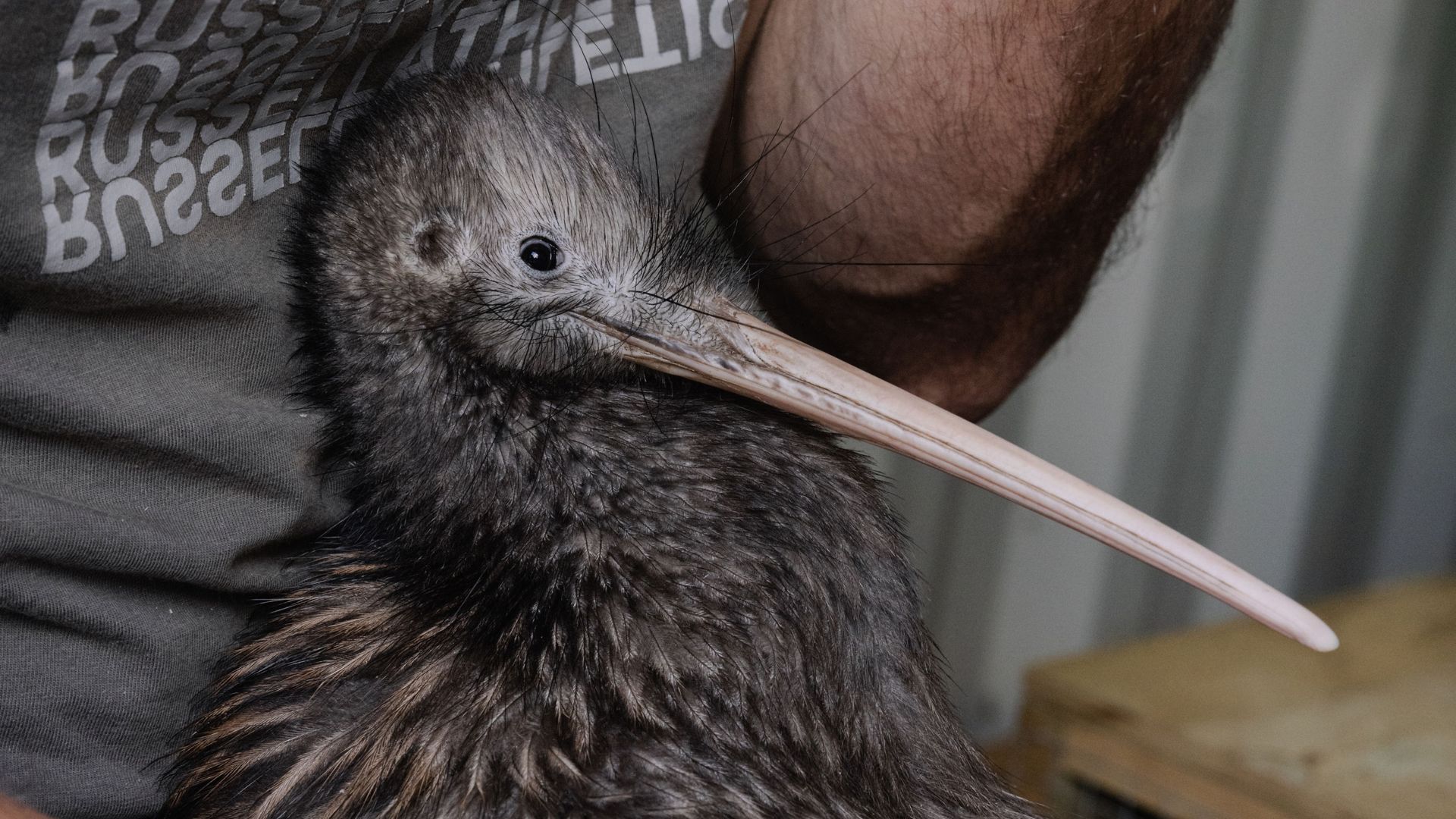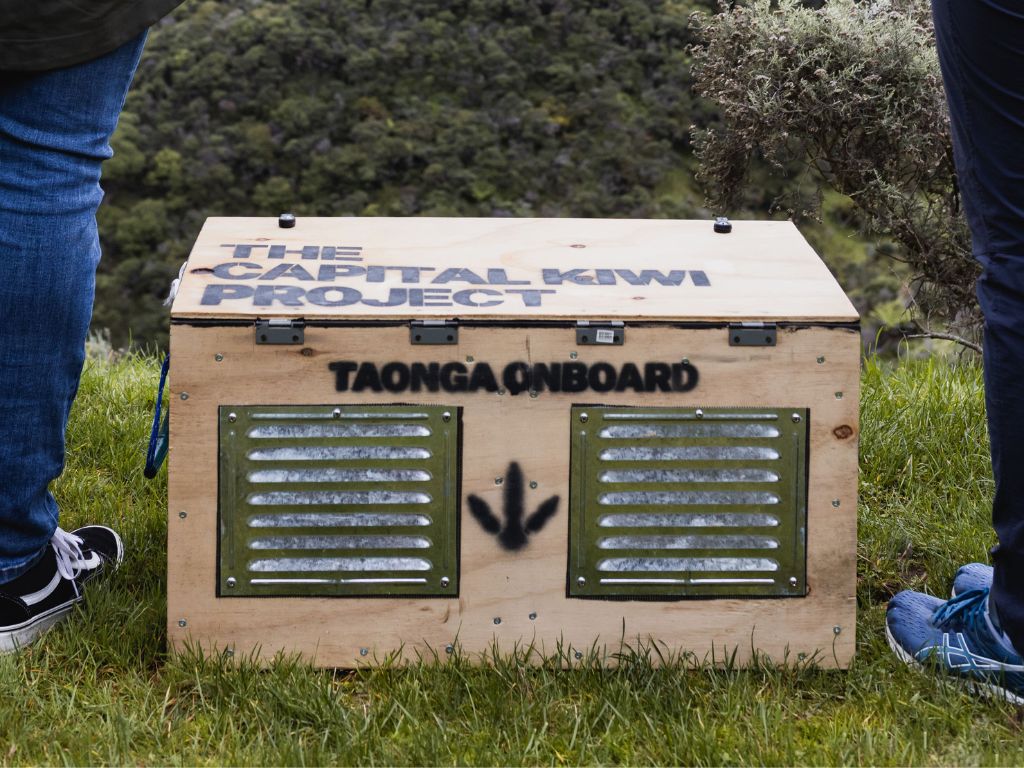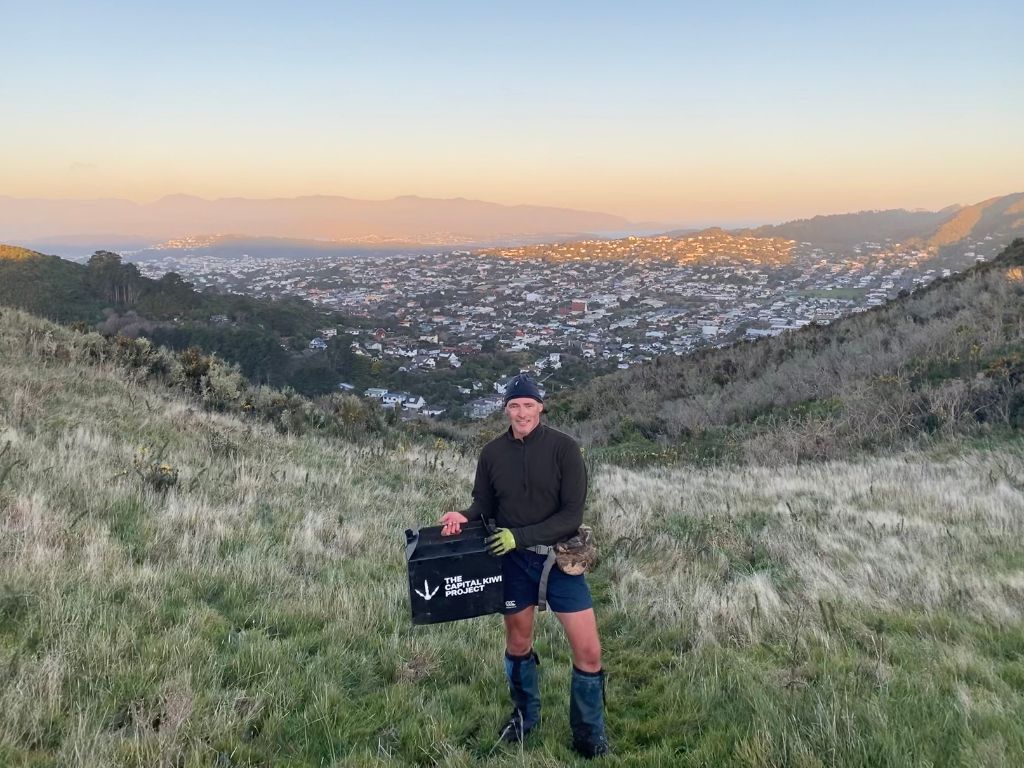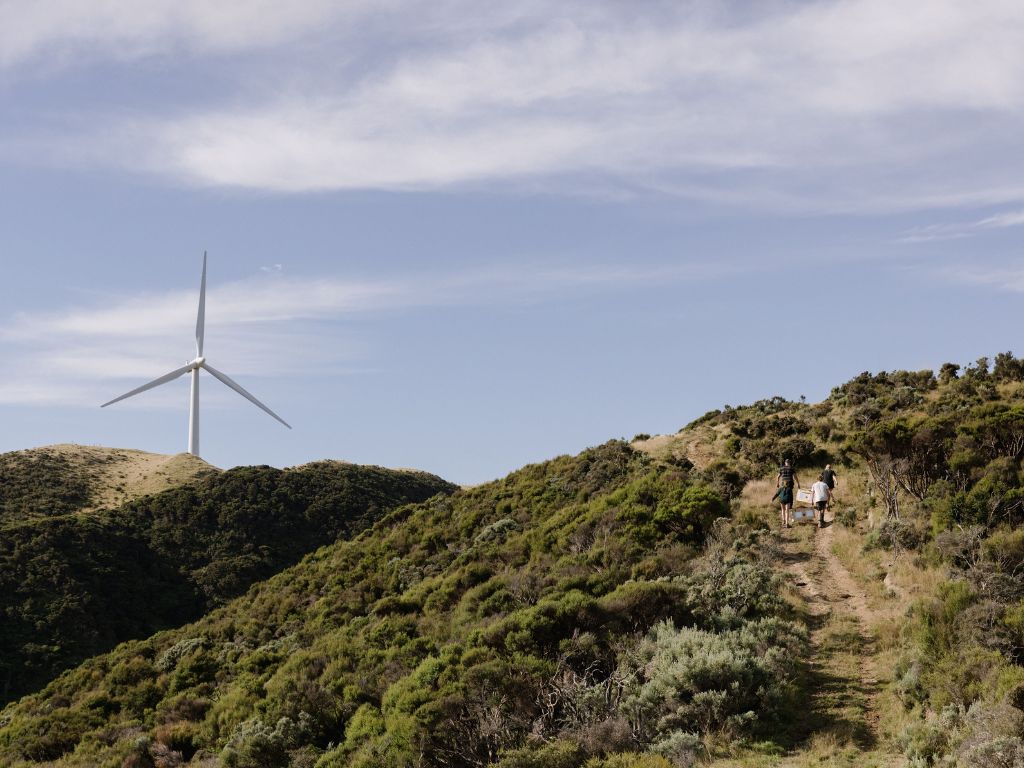Breeding programmes have done a great job of bolstering kiwi numbers, but due to the need for large home ranges, do we have enough kiwi-safe spaces to comfortably house them?

As we switch from avoiding extinction to species management, a new challenge arises: finding safe habitat. Kiwi home ranges can be anywhere from two to 100 hectares. To support large populations of thriving kiwi, we need vast expanses of predator-controlled (or predator free) land.
The case for more kiwi space
When it comes to kiwi translocations there’s one crucial thing to note: “Kiwi cannot – and will not – be released into areas where there is no, or not enough, predator control.”
Save the Kiwi is understandably picky when it comes to transferring kiwi into the wild. Ninety-five percent of kiwi chicks hatched in areas with no predator control will be killed (mainly by stoats).
A lot of work and care goes into Save the Kiwi’s Kōhanga Kiwi, a repopulation strategy working to supercharge the growth of North Island brown kiwi, says executive director Michelle Impey.

“Kiwi eggs are lifted from the wild and incubated and hatched in captivity. Chicks are released into predator-free kōhanga (nest) sites, usually a fenced sanctuary or island, when they are about four weeks old, where they’ll live the rest of their days finding a mate and breeding, without fear of predators,” Michelle explains. Eventually, the offspring of this founder population is used to transfer kiwi back into the wild.
Thanks to Kōhanga Kiwi, Ngāti Korokī Kahukura (the gifting iwi), and their partnership with the Capital Kiwi Project, 50 kiwi were recently released into the hills above Wellington. This was Kōhanga Kiwi’s first release of kiwi to areas where there are few to no kiwi at all.

To receive kiwi the Capital Kiwi team set up a stoat trapping network – the largest community trapping network the country has ever seen.
Capital Kiwi’s project lead Paul Ward is concerned about the lack of available kiwi-safe land elsewhere.
“Absolutely, I think we are all concerned… Capital Kiwi is by far the largest new addition of predator controlled whenua to kiwi conservation. And we don’t just need a Capital Kiwi Project; we need another six, seven, eight examples of landscape-scale control.”
Kiwi population targets won’t be hit “without massive increases in landscape-scale pest control.”
A hopeful future?
Breeding programmes have been, and will continue to be, integral to kiwi conservation. But they’re also intensive when it comes to resources and for the kiwi themselves – “you’re removing a huge part of kiwi parenting.”
Paul knows there’s a need “to figure out solutions that are going to enable us to look after these animals in ways that are sustainable and done at scale.
“The best time to plant a tree was 20 years ago. The second best time is now.” More commonly known to Kiwis as “do the mahi, get the treats.”
Eventually, Wellington will reach carrying capacity, and translocations will stop. Before then, we have more work to do to ensure kiwi have room to roam, not just in the capital but all across Aotearoa, Paul says.
Michelle sees a future where, “hundreds of kiwi will now be translocated from Sanctuary Mountain Maungatautari to other areas of the western North Island every year, into perpetuity.”
While the quest for kiwi-safe land continues, Michelle is optimistic.
Michelle says there has been a shift from “kiwi conservation to kiwi thriving. This kaupapa is no longer a fight; it’s a promise.” Capital Kiwi has proven that an ambitious dream can become an achievable reality.

Michelle believes “this will be motivation for other groups to take their efforts up a notch to also potentially receive kiwi in the future.”
“Now that birds are able to leave Maungatautari, and potentially in their hundreds every year, identifying and creating land where kiwi can thrive is essential.”
“Save the Kiwi and our partners are already working with other iwi groups in preparation for the return of kiwi from Maungatautari to other spaces in the Western region,” she explains.
“There are hundreds of localised kiwi conservation projects all over the motu that are doing incredible work in preparation for the hopeful return of kiwi to their areas in the future.”
The bar has been set for what’s possible. Now it’s not a question of how but when.

